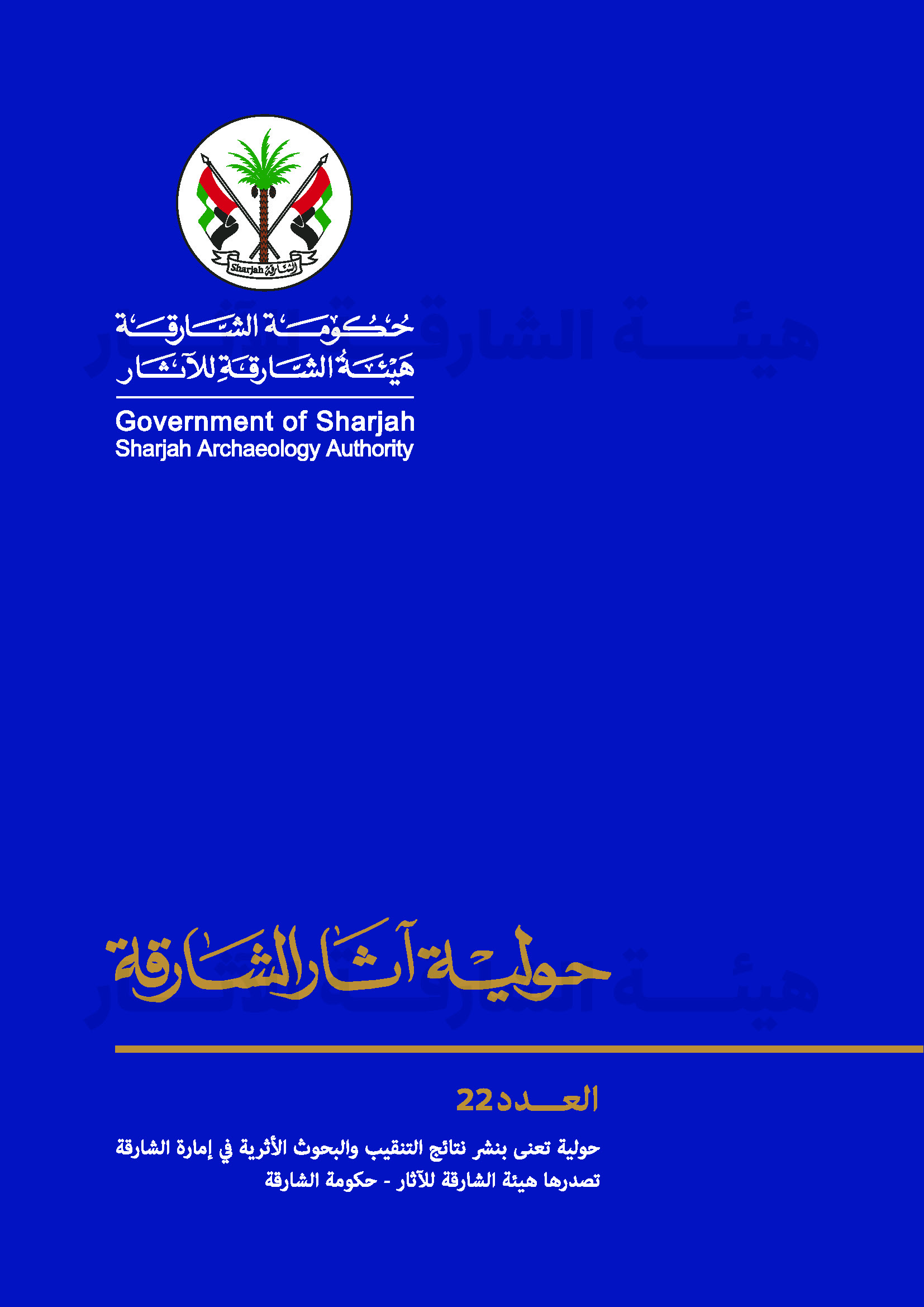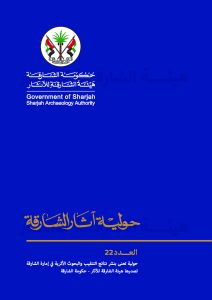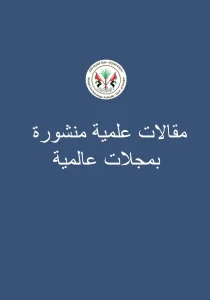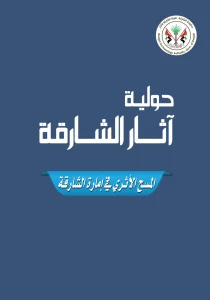Published Date : 2024
Publisher : Sharjah Archaeology Authority
Available Languages -
The National Excavation Team continued its archaeological excavation campaigns across various areas of interest within the Emirate of Sharjah in 2024. These efforts were focused on exploring several sites in central regions and on the eastern coast, as well as restoring and maintaining many archaeological buildings severely damaged by the heavy rains and exceptional floods that hit the United Arab Emirates in May.
Several foreign archaeological missions have continued their excavations in the Emirate of Sharjah, and we are excited to share their findings in this new volume of ‘Sharjah Annual Archaeology’.
These findings, which provide significant insights into the ancient societies of the United Arab Emirates, are sure to pique the interest of our readers.
The collaborative effort between regional and internal teams involving diverse experts has significantly deepened our understanding of our shared history.
The following findings, which exclusively express the excavators’ specialisms, understanding, and scientific viewpoints, are a testament to this collective understanding. The new volume contains five articles in Arabic and English.
The first article presents the latest results of the archaeological excavations carried out by the Austrian Archaeological Mission from the Austrian Archaeological Institute at the Austrian Academy of Sciences in Vienna. These ongoing excavations revealed the presence of settlement layers dating back to the Bronze Age in the third millennium BCE. The team found several critical archaeological finds, including seals of the Arabian Gulf type bearing icons that combine the traditions of the Sindh region with the influences of Mesopotamia. These findings, along with other discoveries, reflect the importance of the Kalba site within the broad social and commercial networks in the third millennium BCE. The mission also conducted geological and archaeological surveys along the eastern coast, and local rock sources were discovered that contain great potential for the resources used to produce the stone vessels found at the site. The significance of these findings cannot be overstated, as they provide a unique window into the ancient societies of the United Arab Emirates.
A note on the trident mark, stone worship and cult practicesin Southeast Arabia
Published Date : 2024
Auther : Bruno Overlaet | Sabah Jasim | Eisa Yousif
Publisher : Arabian Archaeology and Epigraphy
Available Languages -
This article examines the practices of stone worship and associated rituals at the site of ...
ANNUAL SHARJAH ARCHAEOLOGY ISSUE 14
Published Date : 2020
Publisher : Sharjah Archaeology Authority
Available Languages -
The annual magazine No. 14 includes a number of archaeological reports highlighting the excavations conducted ...



